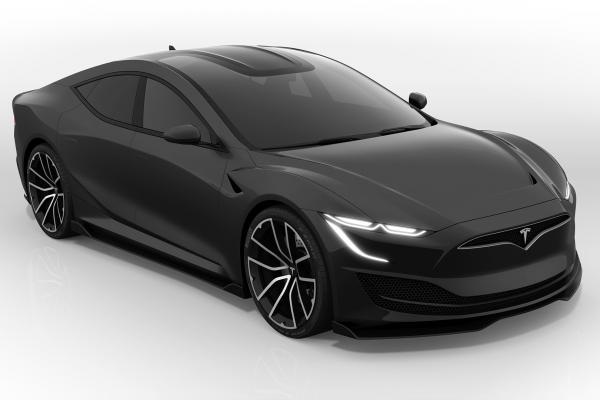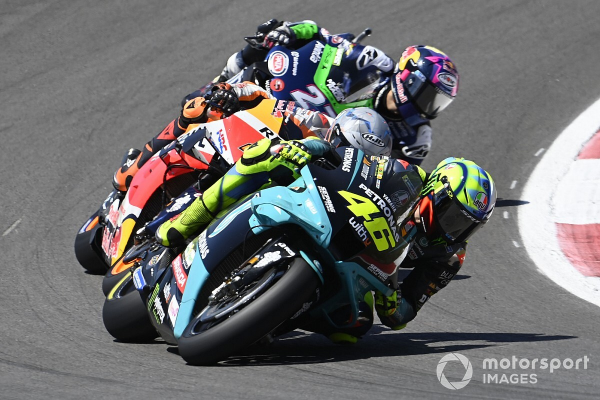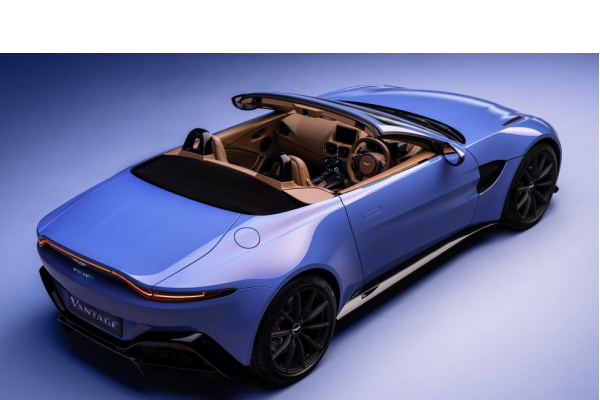
The Tesla Model S is the first bespoke creation from the electric car stable of PayPal creator Elon Musk.
10 years ago our bet on which manufacturer would be the first to introduce a viable, fast, practical and competitively priced all-electric luxury saloon to the UK, we would have looked to Germany or Japan, or even South Korea, for a credible tip.
The fledgling upstart from Palo Alto in the US, only incorporated in 2003, would not even have been a blip on the radar. But within a decade, Tesla has gone from CEO Elon Musk’s brainchild to deadly serious player in the unpredictable business of building – and selling – zero-emission cars.
Following the now-defunct Roadster, the Model S is the first prong in a plug-in trident of a plan that includes a smaller saloon and a crossover SUV in the not too distant future. On paper, the Model S is ideally placed to take sizeable bites out of the market share of Audi, BMW, Jaguar and Mercedes-Benz.
The Model S is unlike anything seen before. It has the size, pace and range to compete with a conventionally powered rival. Does it have the finish, panache, quality and character, too?
The Model S comes with a reversing camera as standard
The Tesla Model S features an aluminium and steel monocoque whose front reinforcement and generous crumple zones afford it impressive crash strength.
The battery pack sits beneath the cabin floor and its subframe contributes to torsional rigidity, although the entire pack can be swapped out by a special automated jig within two minutes.
Buyers can pick from one of four battery options, which comprise of a 60kWh and a 75kWh pack, both available in all-wheel drive and rear-wheel drive configurations. Meanwhile the 85kWh pack has been replaced with a 90kWh pack which is good for a 346 mile range, 4.2sec 0-62mph time and 415bhp, while topping the range is the recently introduced 100kWh pack which extends the cruising range to an incredible 393 miles.
Those looking for a bit more performance can opt for the P100D, it may only be able to travel 381 miles per charge, but produces 603bhp and 713lb ft of peak twist from its twin electric motors, and has the capability to crack 0-60mph in 2.5 seconds. To put it in perspective the P100D is 0.7sec faster than a McLaren F1, no slouch even in today's world of hypercars.
If you’re wondering how the Model S can come with such a range, look no further than the battery. It uses conventional lithium ion battery cells, just like most electric cars, but here they have a capacity of 90kWh. Think of it as a big fuel tank; a Renault Zoe’s usable range is provided by 22kWh of battery technology.
The Tesla will take relatively longer to charge if you’re pushing the same level of current into it. And a Model S will accept charge from a regular household socket (at 11kW) if you want it to. Most Model S buyers will recharge using a 7kWh home charger, while Tesla's Superchargers, which provide up to 120kWh of power meaning your Model S could be at half charge in 30 minutes, will pick up the recharging strain on the road, with more than 200 Supercharger locations across Europe.


